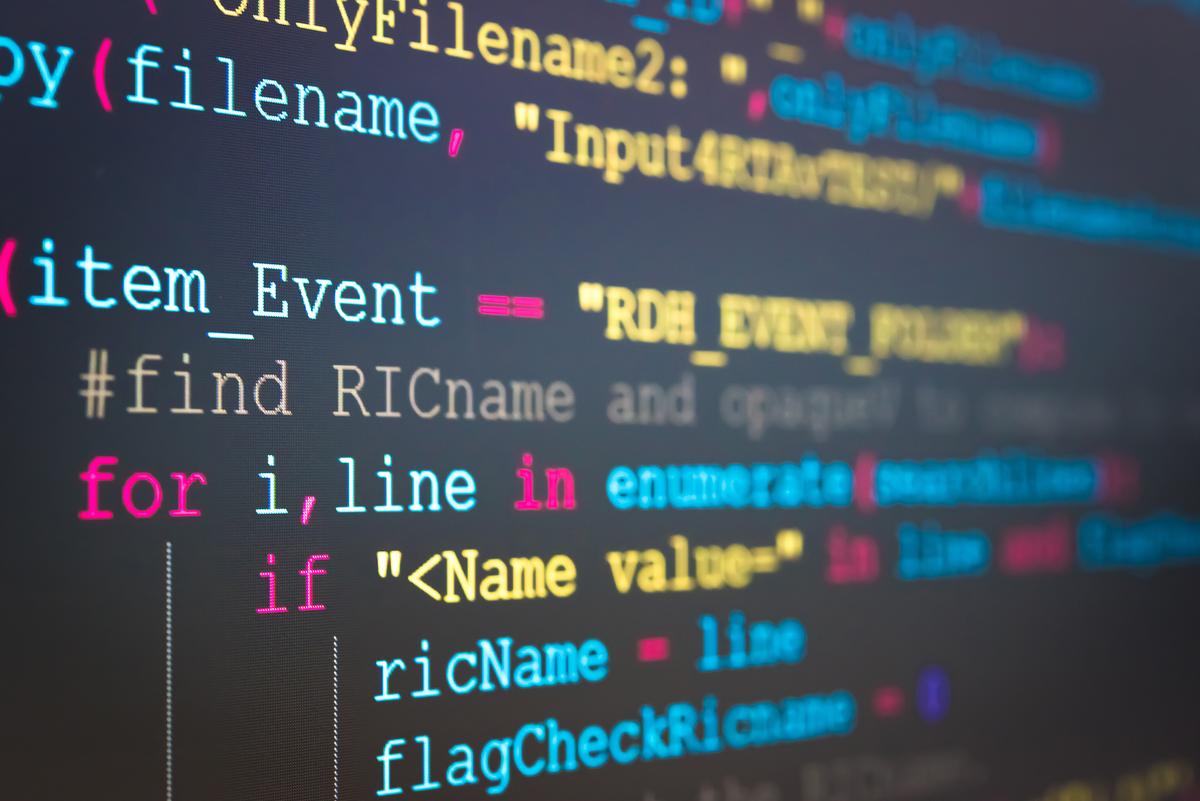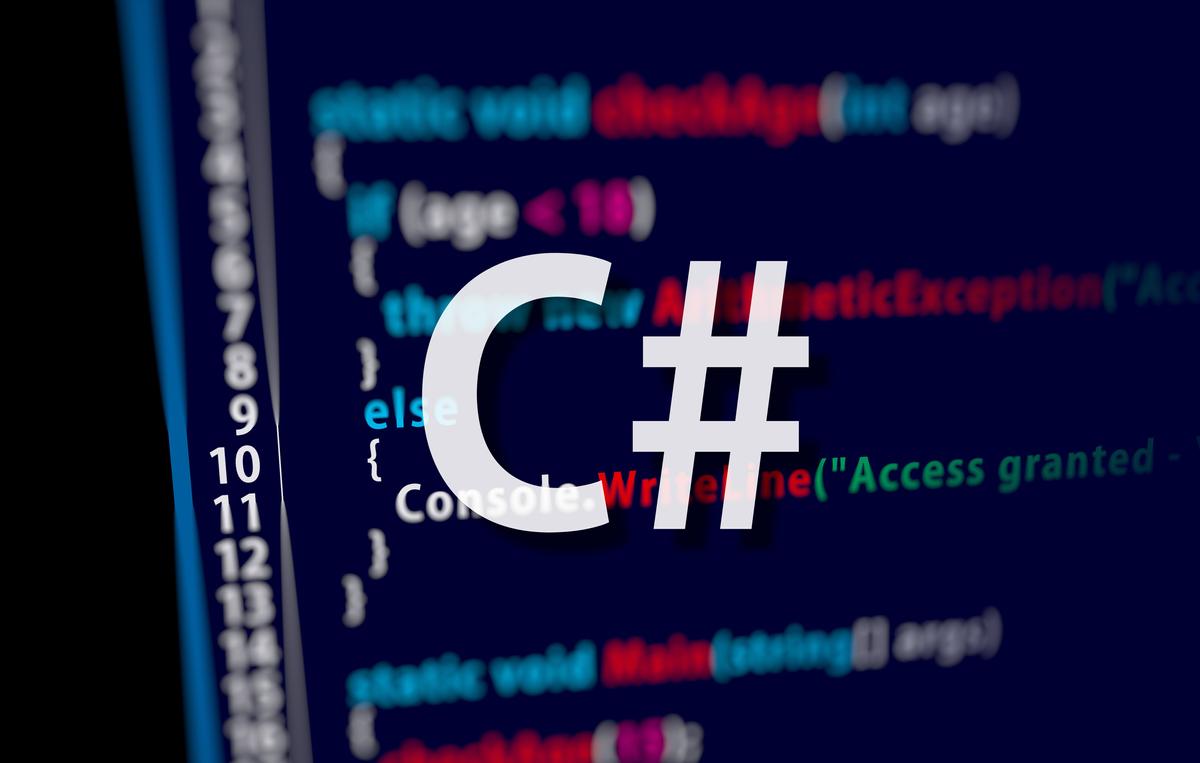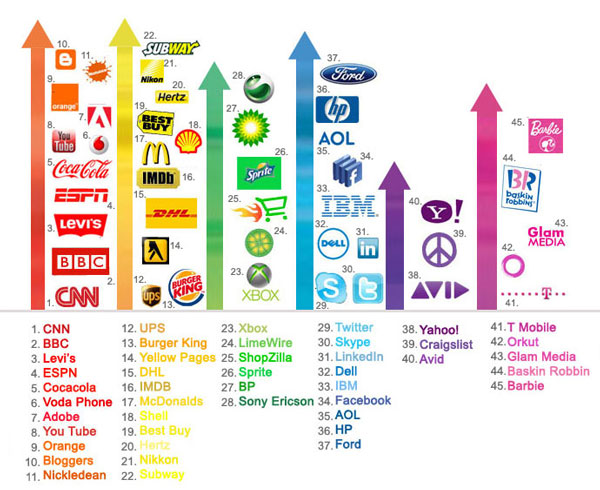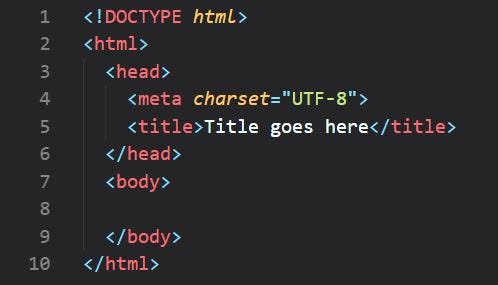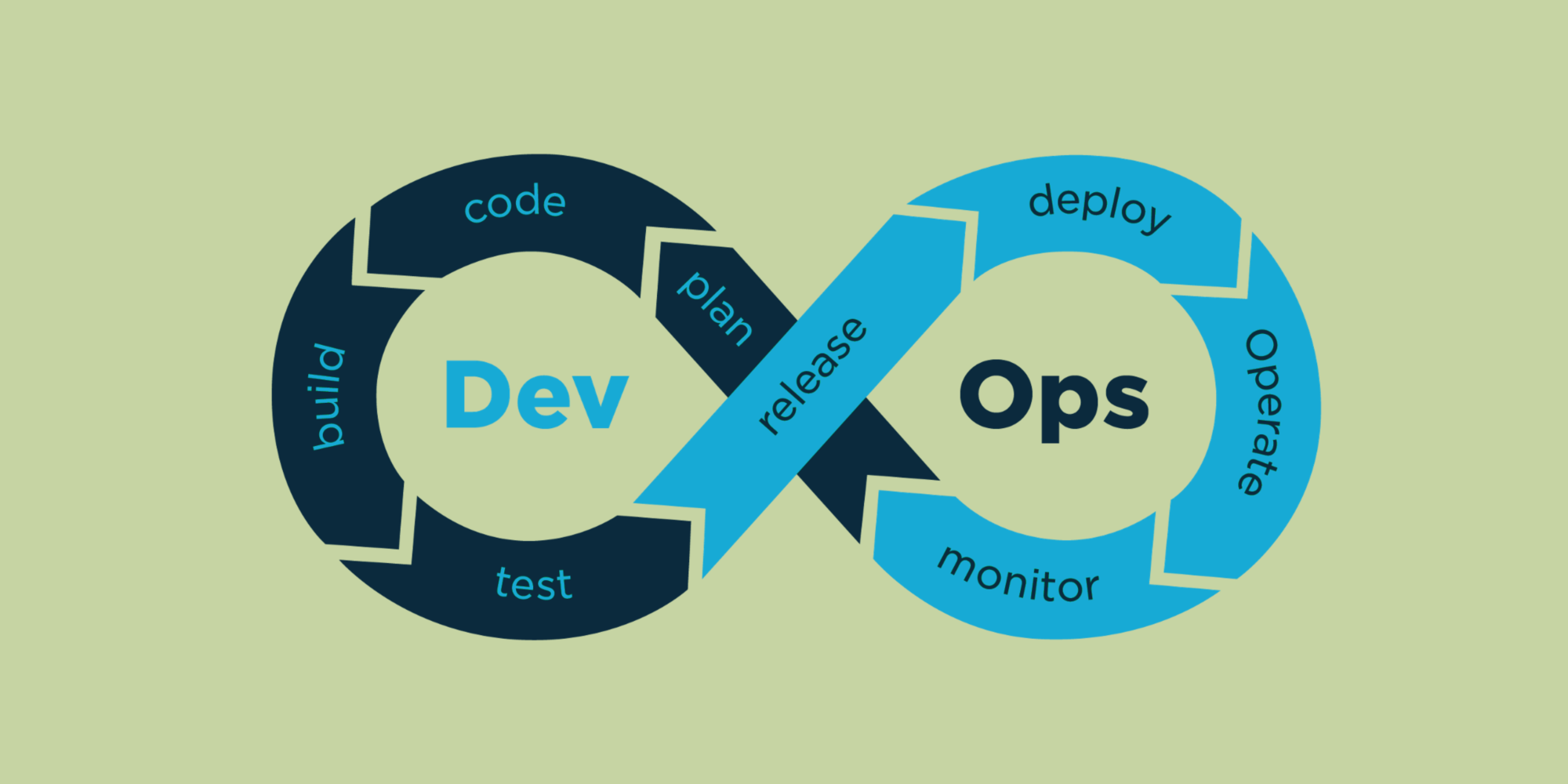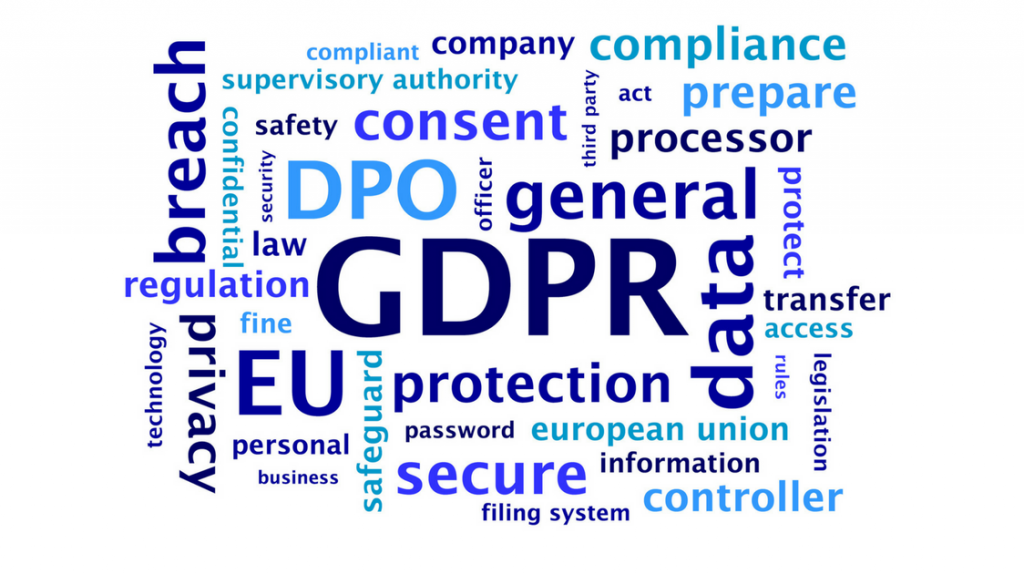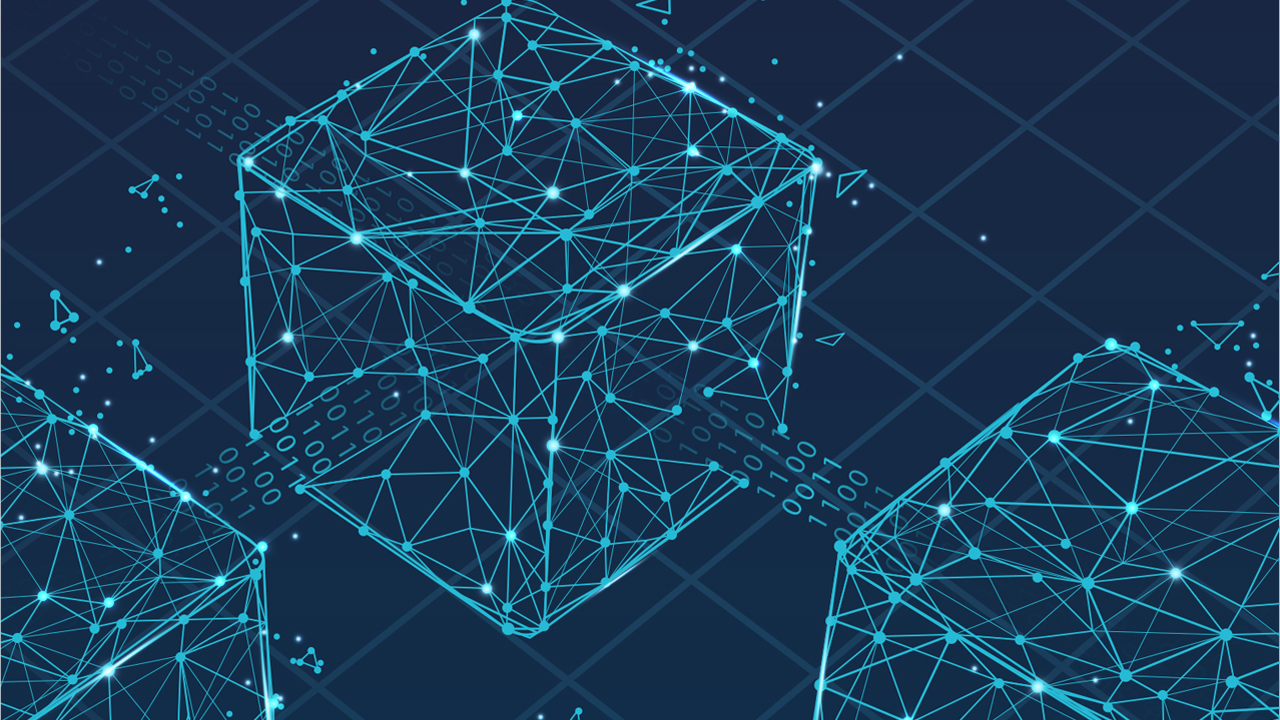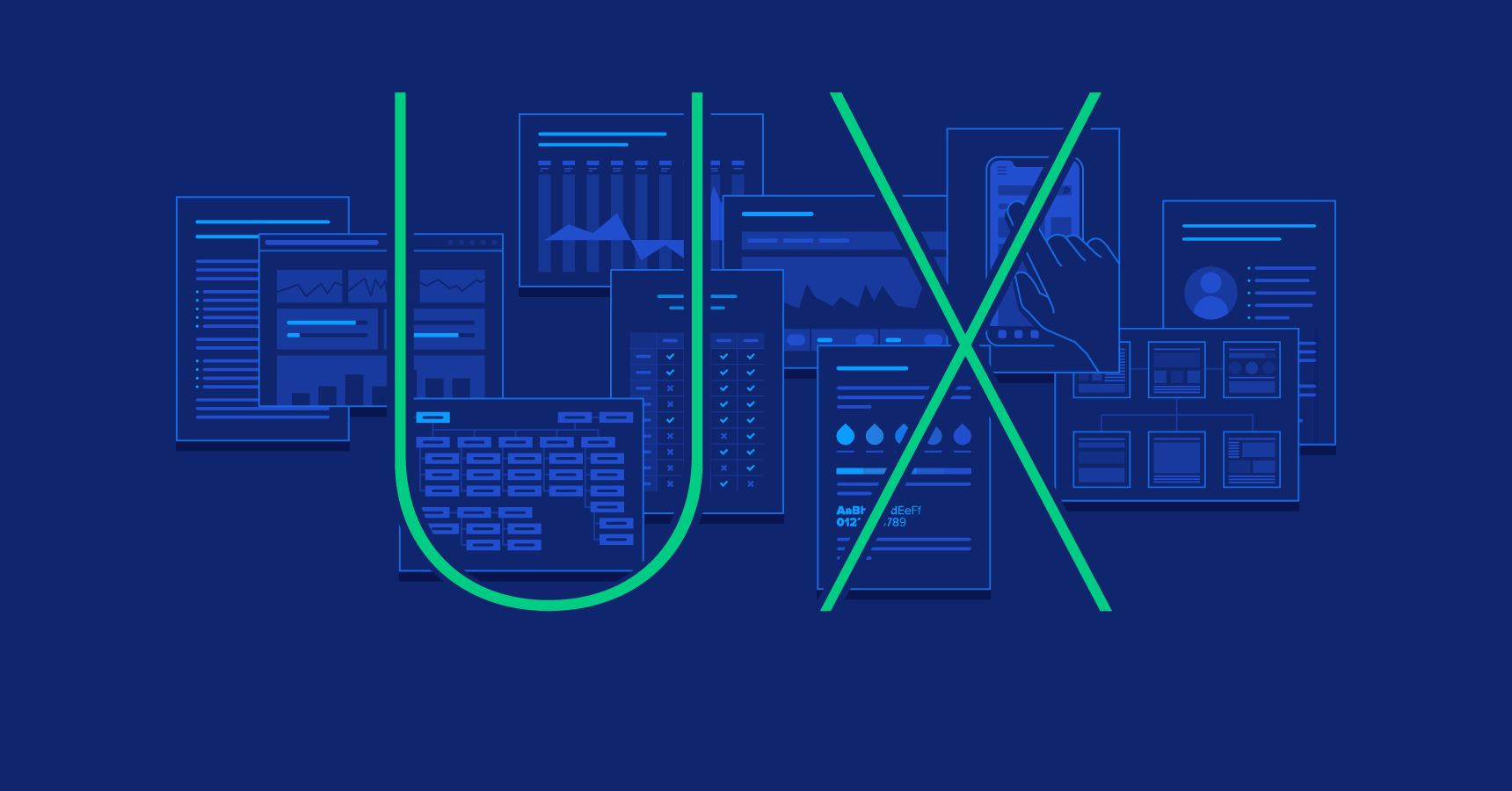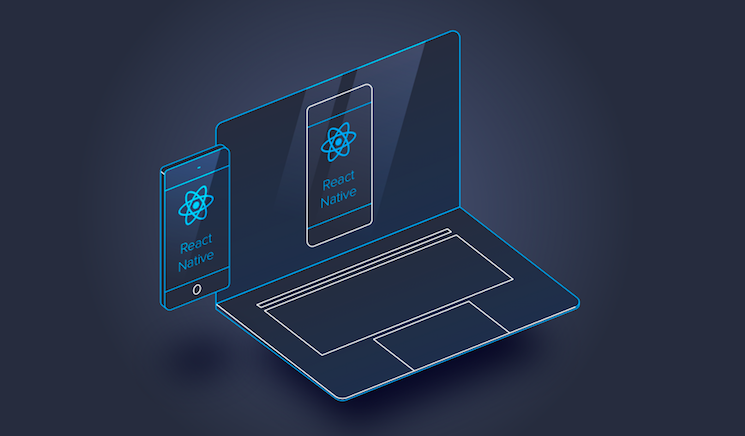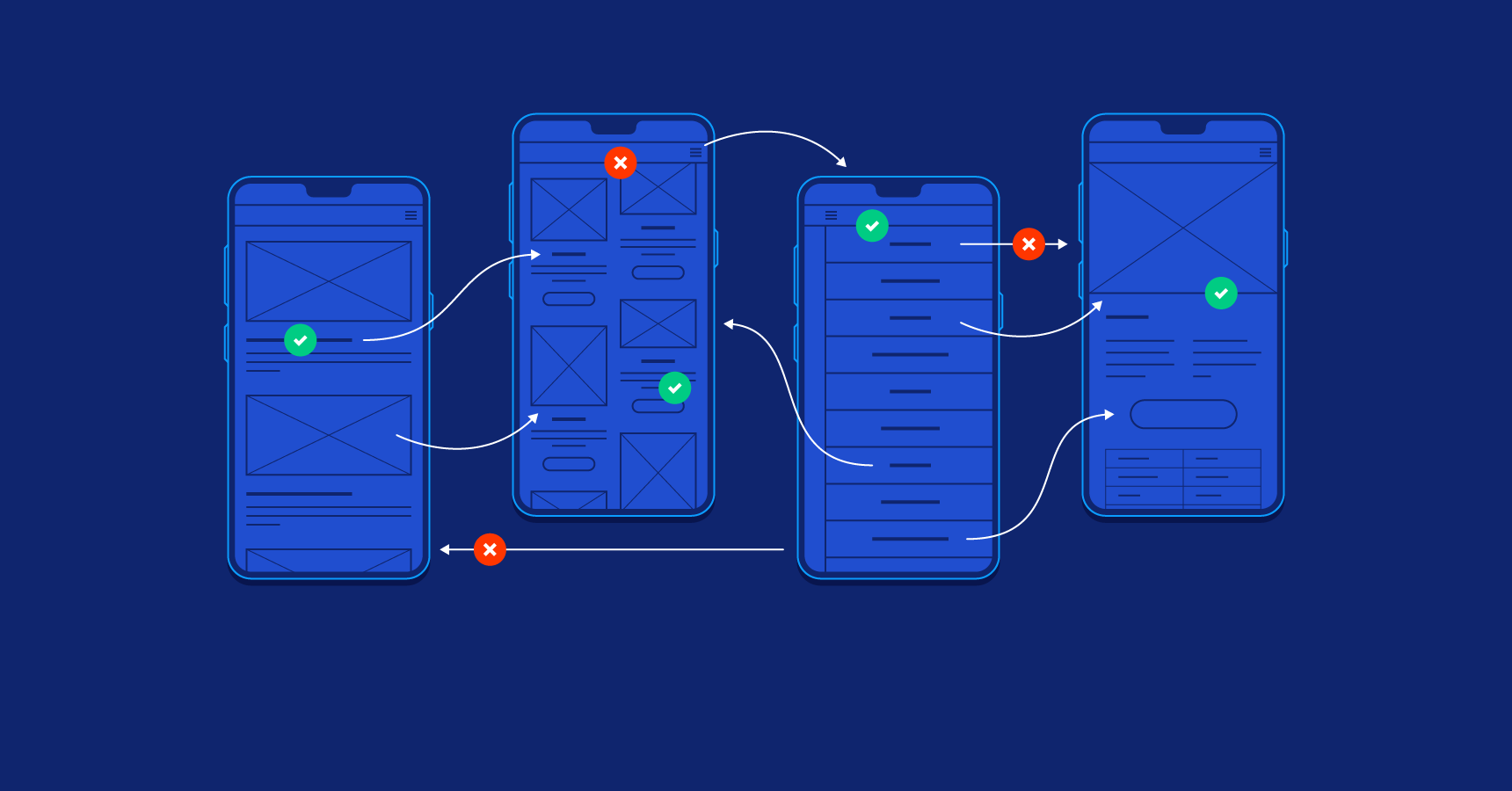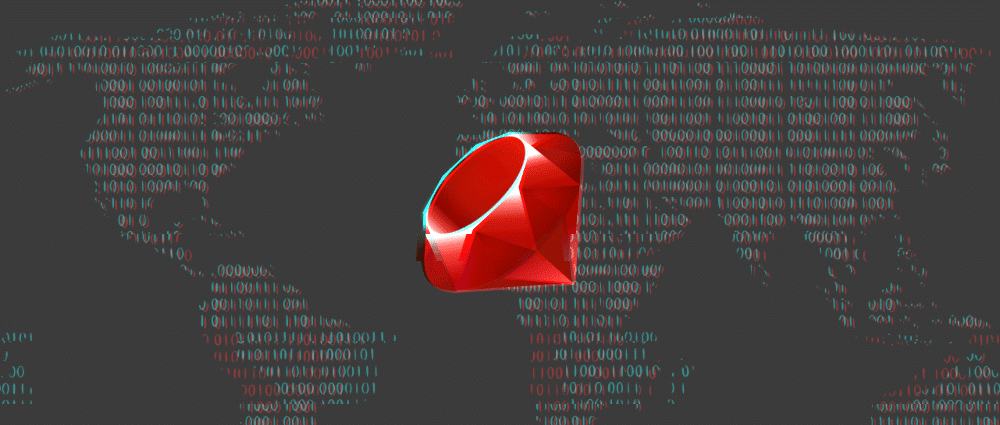What is malicious code?
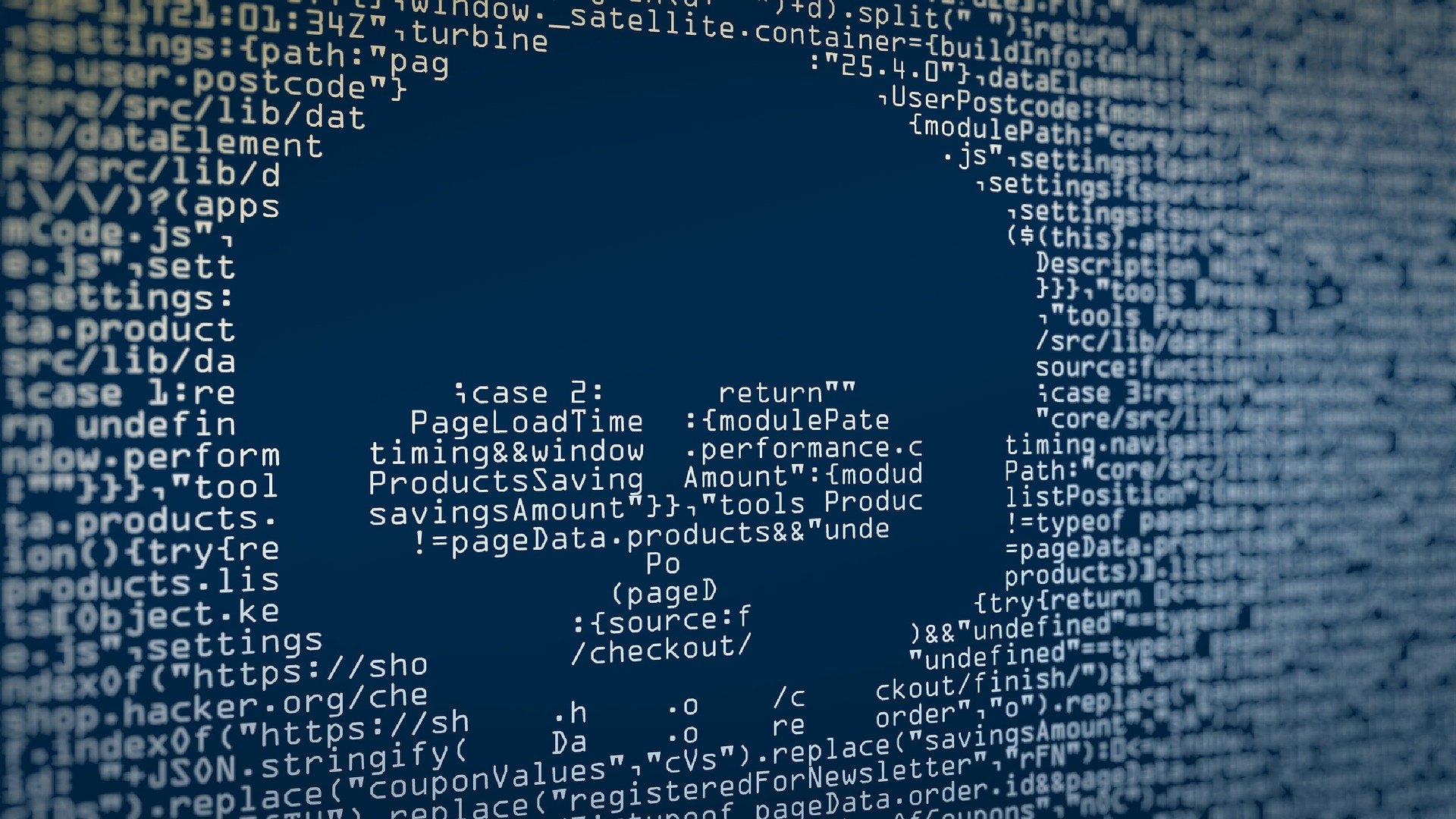
Malicious code (malware) is software designed to harm computer systems, steal data, or gain unauthorized access to resources. With the advancement of technology and the increasing number of devices connected to the internet, the threat posed by malware is becoming more significant. In this article, we will discuss the main types of malicious code, its dangers, and ways to protect against it.
Hackers, using malicious code, can pursue goals such as infection and further spread, surveillance, obtaining confidential information, and penetrating deep into the system. First, hackers search for vulnerabilities in the system, then write code specifically for this vulnerability.
What dangers can malicious code present?
Data Theft Malicious programs can steal confidential data, including personal information, financial data, and corporate secrets.
Financial Losses Hackers can use malware to steal money from bank accounts, conduct unauthorized transactions, or extort money.
System Disruption Malware can slow down or completely paralyze computer systems, leading to business downtime and losses.
Data Loss Viruses and ransomware can destroy or encrypt data, resulting in its loss.
These consequences result from several types of malicious code. Let's consider them:
Viruses Viruses are programs that embed themselves in other programs or files and execute along with them. They can destroy data, slow down the system, or provide hackers with access to the infected device. After activation, they replicate and spread within the system.
Worms Worms spread through networks, exploiting vulnerabilities in operating systems and software. Unlike viruses, worms do not require the execution of an infected file to activate and can spread independently across the network.
Trojan Programs (Trojans) Trojans disguise themselves as legitimate programs but perform malicious actions such as data theft, remote control of the computer, or installation of other malicious programs.
Backdoor A backdoor is a method of bypassing standard authentication procedures in computer systems or networks. It provides unauthorized access to the system, software, or network, allowing attackers to control the system without the legitimate user's knowledge. Backdoors can be intentionally built in by developers for debugging or support, or installed by malicious programs.
Protection methods against malware:
Installing Antivirus Software Antivirus programs scan for and remove malicious code.
Being Cautious with Links and Messages Exercise caution when clicking on links or messages from unknown sources.
Backing Up Data Regularly back up data to ensure its safety in case of incidents.
Updating Software Vulnerabilities in operating systems and applications are often exploited to spread malware. Regular software updates help close these vulnerabilities.
Using Firewalls Firewalls monitor network traffic and block suspicious connections, preventing malware from penetrating the system.
By being informed and cautious online, we can prevent unpleasant incidents and protect ourselves.

